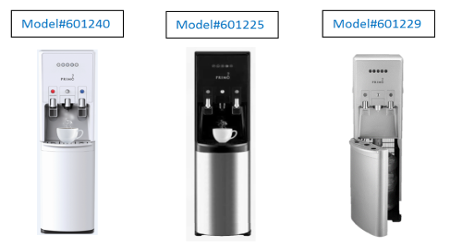
Welcome To The World, LEED v4.1
April 17, 2018
The U.S. Green Building Council has released its LEED v4.1 Operations and Maintenance (O+M) rating system. The rating system, according to USGBC, “is not a full version change, but rather an incremental update to the LEED rating systems.”
One of the big changes facility managers should recognize is the rating system’s continued integration with the Arc platform. Arc is both a dashboard and a way to measure and monitor a building’s performance. This integration with LEED will mean easier recertification as projects look to improve on their performance generally, but their LEED certification specifically.
Though it is only an incremental update, LEED v4.1 does include some big changes worth noting from its predecessor, LEED v4. One of the biggest is in the minimum energy performance prerequisite. In LEED v4, this minimum energy performance prerequisite had required users to achieve an Energy Star score of 75. LEED v4.1 specifies that users must have a minimum “energy performance score” of 13 — this score is calculated from the combination of two factors: Greenhouse gas emissions and source energy, and users must achieve at least 6.5 in each. The rating system includes a table and guidance for how to calculate this new score. Additional LEED points are then awarded for scores beyond that 13 baseline.
Another change is combining two LEED v4 water prerequisites and absorbing several LEED v4 water efficiency credits into a single “water performance” prerequisite in LEED v4.1. This new prerequisite still requires building-level water meters and sets a baseline for water performance. Again, users then earn additional LEED points for performance above that baseline.
Many of the other changes, especially in the areas of materials and resources and indoor environmental quality have to do with updates to standards on which LEED credits relied. As well, the regional priority credits have been removed.
Overall, USGBC says it believes the new rating system will make it easier for users to use the system, while maintaining the rating system’s stringency as a leadership standard.
This Quick Read was submitted by Greg Zimmerman, executive editor, Building Operating Management. Read his cover story profiling Northwestern University’s vice president of facilities management, John D’Angelo.
Next
Read next on FacilitiesNet












